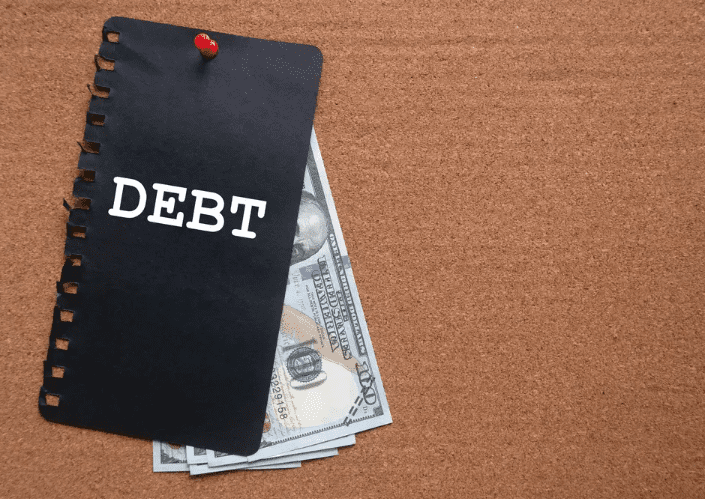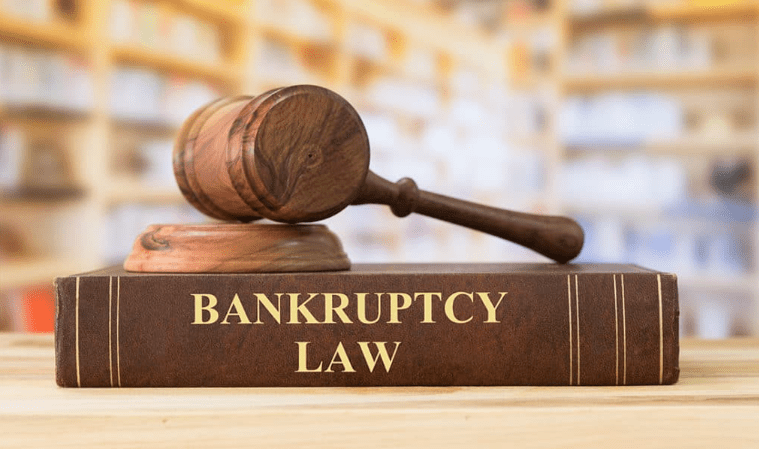What goes on in a Chapter 13 bankruptcy case? Let’s see what happens at a typical Chapter 13, from the filing all the way to discharge.
This is a Chapter 13 timeline, outlining what to do after filing Chapter 13. You may expect your Chapter 13 discharge in 60 months or, when you have a low income and pay all your debts, in less time. To have proper guidance on specific dates, speak with an attorney.

In a Hurry? Dial +18-503-850-342 Now!
How to File for Chapter 13 Bankruptcy?
1. Prepare and File a Chapter 13 Bankruptcy Case
Start collecting financial records and see if you are eligible to file for Chapter 13. Prepare all of the bankruptcy forms and take a pre-filing class in credit counseling. (You may do this within the 180 days before filing your Chapter 13 case.)
The case begins when you file your papers and pay your fees with your local bankruptcy court. If you have hired an attorney, your lawyer will file the case for you. Alternatively, emergency files for bankruptcy are available for those urgently needing financial documentation before completing their full petition.
With any filing for bankruptcy, the automatic stay springs into action. The automatic stay bars action from almost every creditor to collect debt and stops lenders from foreclosing on your house.
2. Make the Proposed Chapter 13 Plan Payment
In about 30 days after you have filed your plan, you will start the payment of the amount provided in your Chapter 13 plan. No court approval has yet been received, but if you have been paying your monthly payments, you will be able to finish the case within the required time frame before the confirmation hearing.
If the bankruptcy court does not approve or “confirm” your plan at the time of modification, the trustee will refund to you less of certain secured payments, such as car payments. Paying these debts timely will avoid the buildup of fees and interest that could hinder plan completion.
3. Attend the 341 Meeting of Creditors and Prepare for It
You will need to present 521 documents at least seven days before the 341 meeting, a key event that all filers must attend. These include bank statements, pay stubs, and a four-year history of taxes, along with other documents.
A trustee may also require proof of insurance, balances on mortgages and auto loans, retirement and stock statements, investment statements, and income and expenses statements if you run a small business.

In a Hurry? Dial +18-503-850-342 Now!4. Modifying the Plan and Responding to Objections Before the Confirmation Hearing
In case of an underpayment, your plan may be rejected by the trustee or the creditor. At the end of 341 hearings, the trustee will address some issues informally with the applicant and, if no solution or correction of the issue has been made, will file a formal complaint. Confirmation hearings are where the bankruptcy court settles remaining issues.
5. Check and Respond to the Creditor Claims
Within seventy days after the initiation of a bankruptcy proceeding, any creditor facing evidence must submit proof of a claim that states the amount outstanding and the debt type, plus a contract or any other supporting documents. Creditors of the government have 180 days in which to make claims. If by the end, a creditor does not submit proof by such deadline, you have thirty days.
If you or the trustee has a valid reason to object, then you will submit a written opposition to a creditor’s claim. It is important to do this as soon as you can to give the creditor proper notice.
6. Attend the Chapter 13 confirmation Hearing
The hearing must take place not later than forty days after hearing 341, and you or your attorney must attend. The bankruptcy court will examine your repayment plan and, before deciding to “confirm” it, will consider objections from creditors or trustees regarding it.
You will continue to make your payment if the court approves of your plan. If the trustee or creditor objects to the plan, the court will likely give you time to modify it and continue with the Chapter 13 confirmation hearing. Often, one “amends,” or changes, a Chapter 13 plan in response to a trustee’s or creditor’s objection.
7. Follow Creditor Payments and Provide Any Necessary Documentation Throughout the Case
The court, trustee, and U.S. Trustee, or creditor, might require your annual tax return. Depending on where you live, the trustee might also send you periodic statements showing what payments were made to creditors. The trustee’s site may have the information you need. For instructions, contact the trustee.
Track your payments and ensure late charges are paid for delinquent car or mortgage payments. If you are late with a payment to your plan, then a situation may arise where the trustee cannot send funds on time. At the end of the case, you will owe more to your creditors if you do not pay the fees separately.

Bottom Line!
Bruner Wright PA, the leading provider of legal information for years, encourages you to learn about the various subject matters and conduct research. Whether you’re exploring the basics or navigating a Chapter 13 bankruptcy case, information from the Department of Justice U.S. website will help you in filling out the official bankruptcy forms through the Trustee Program.
Online articles and resources can’t cover every possible concern with bankruptcy, and they are not addressed in a way that is particular to your situation. Hire local counsel for asset protection during bankruptcy.
In a Hurry? Dial +18-503-850-342 Now!